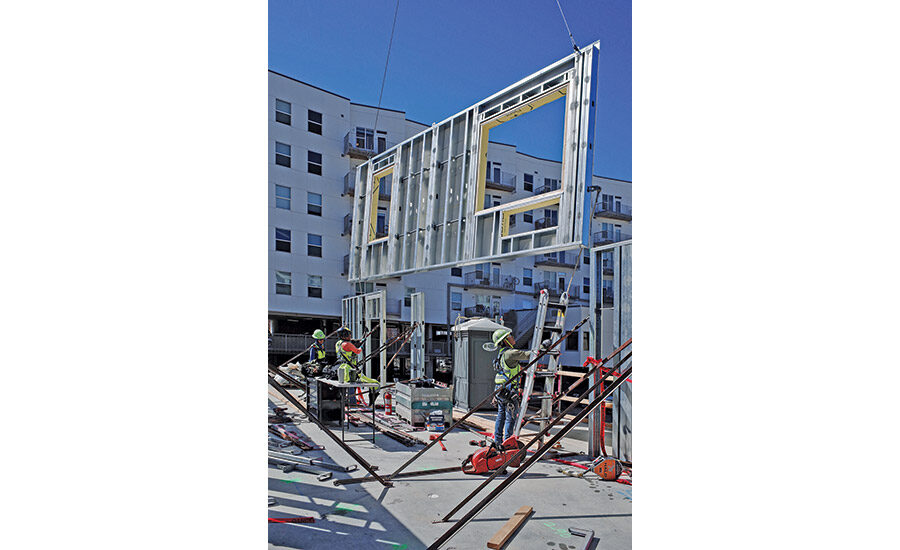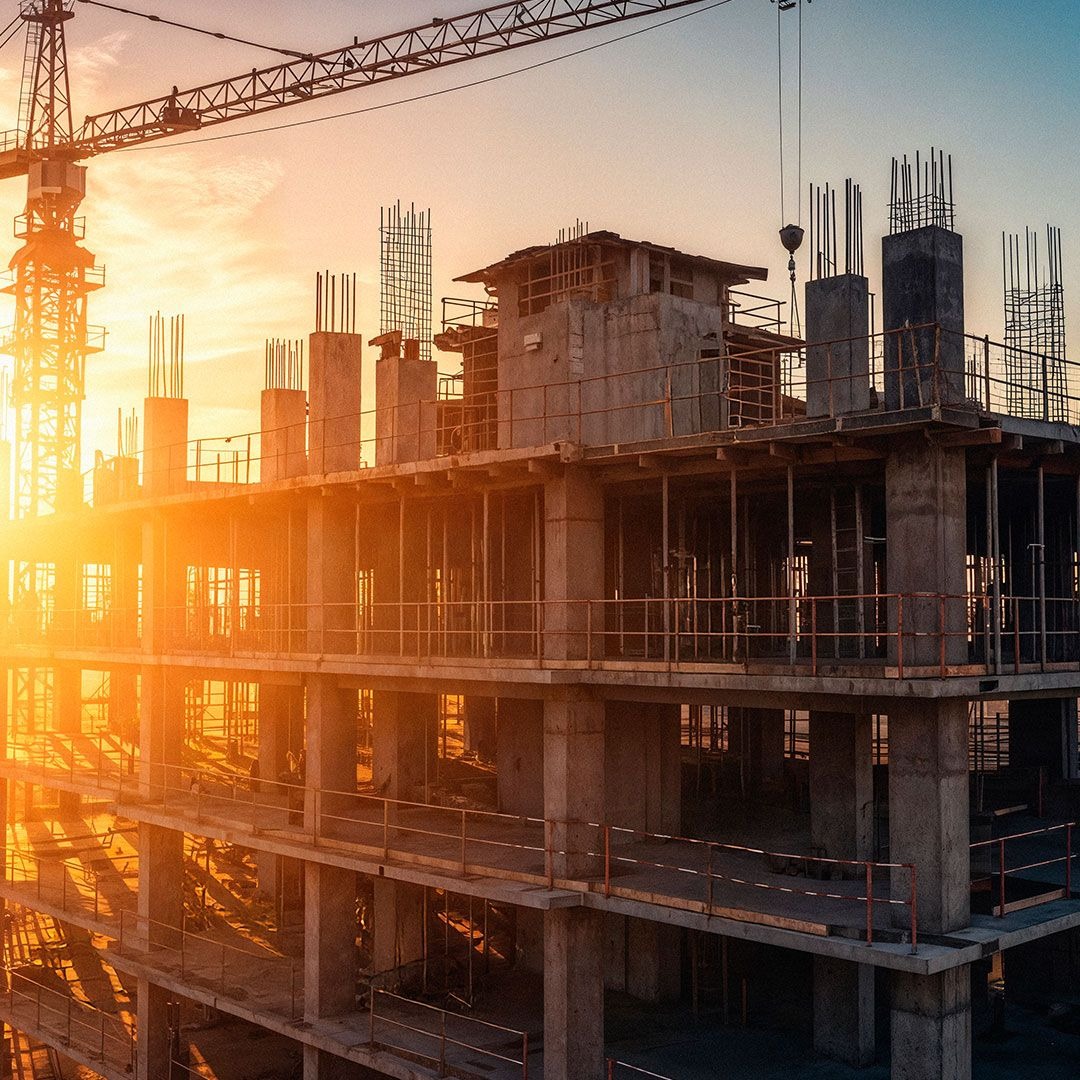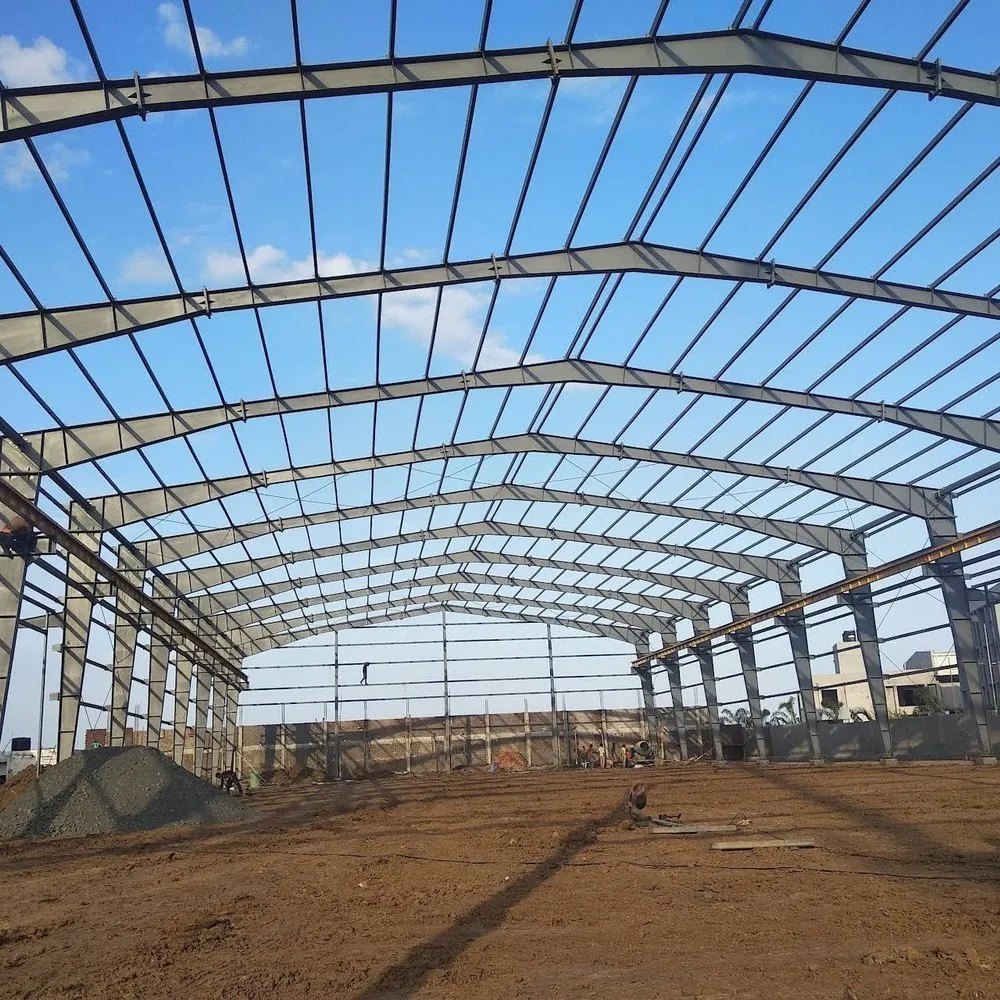
City and County of Denver Named 2025 Owner of the Year for Colorado/Wyoming
Hints at the future legacy of Mayor Mike Johnston and his administration have begun to emerge less than two years since he was elected. The city recently celebrated milestones that are part of a massive downtown revitalization plan, including the opening of the $233-million Colorado Convention Center expansion and several blocks of the $175-million 16th Street Mall facelift, which is on target for a final completion and grand opening this fall.
The Johnston administration’s efforts under the Vibrant Denver brand aim to address ongoing affordability, mobility and safety issues that it and other cities face in the wake of the COVID pandemic.
Momentum is building, and the first few months of 2025 brought news of several major projects: a land swap deal to acquire the former and long-vacant 155-acre Park Hill Golf Course to create Denver’s newest and third-largest park, $570 million in funding made available for projects downtown and an announcement by Denver’s yet-to-be-named National Women’s Soccer League team that it will build a 14,500-seat, Populus-designed stadium and recreational district in the middle of the city.
Development Friendly
The city’s 2024 Goals Report says the planning department is aiming to “reduce city review time by 30%” and cited a 17% improvement in commercial project review times as it works to overcome one of the complaints that developers say is pushing them to the suburbs.
A new Denver Permitting Office, established by executive order in April, will also help speed the approval process. The order includes language requiring the city to approve applications within 180 days, and if that deadline is missed a developer can be refunded up to $10,000 in permitting costs per project.
While market-rate multifamily developers may have differing opinions on the impact of the city’s 2022 Expanding Affordable Housing ordinance, which requires any development of 10 units or more within city limits to include onsite affordable units or pay a linkage fee, 100% affordable housing developers say they appreciate its “bonus floor” opportunities.
“That has made a big, positive contribution,” says Sarah Harman, senior vice president of real estate at Urban Land Conservancy, a Denver-based nonprofit providing affordable housing solutions. ULC is currently developing The Irving, 102 units of permanently affordable housing on West Colfax Avenue. Harman says the city’s addition of a dedicated staff member to help shepherd projects was significant in being able to deliver its building permit on time.
To encourage investment downtown, Denver’s Downtown Development Authority (DDA) in February opened rolling applications for $570 million in voter-approved funding for projects within its boundaries. The DDA says applications are evaluated for how they “will redefine the downtown experience and attract new residents, businesses and visitors,” and it anticipates initial awards soon.
Other moves in the planning department include a proposal to modernize parking requirements and remove minimums in an effort to further streamline the development process. These efforts dovetail nicely with other current investments the city is making such as the East Colfax Bus Rapid Transit Project.
Taking Flight

DIA opened its new West Security Checkpoint last year. The East Security Checkpoint is targeting a Q3 2025 completion.
Rendering courtesy Denver International Airport
Denver International Airport, which celebrates its 30th birthday this year, is Colorado’s “largest economic engine,” according to a study by the Colorado Dept. of Transportation. More than 80 million passengers traveled through it in 2024, and there’s a nonstop pipeline of projects underway in preparation for an expected 120-million-plus travelers by 2045.
“Everything needs to come together,” Jim Starling, DIA’s chief design and construction officer, says of managing the many projects that will ensure the airport has adequate infrastructure to accommodate its growth.
New renderings released in March show the elements in the final completion phase of the $2-billion-plus Great Hall terminal project, scheduled to wrap up in December 2027. Remaining portions of the project include completion of the East Security Checkpoint—on track for Q3 2025—renovation of airline check-in facilities, a new meeting area for arrivals and the buildout of the Center for Equity and Excellence in Aviation.
Two concourse projects completed in 2022 added 39 gates at a cost of $1.5 billion. Other upcoming projects include a 4.6-million-sq-ft Consolidated Rental Car Facility, the Peña Master Plan and a proposed expansion of Peña Boulevard, the primary artery in and out of the airport.
Denver City Council recently approved a $15-million contract with Lakewood-based Peak Consulting to perform a NEPA study and provide partial design services to a section between I-70 and E-470. To support this growth, Starling says the airport is “looking at expanding the terminal to the north to be able to find an additional check-in space for the airlines, additional security, baggage claim, all of those types of things.”
DIA is also uniquely positioned because it’s the largest airport by land in the Western Hemisphere at 53 sq miles, which leaves plenty of space beyond what’s needed for aeronautical needs. “We’ve developed different districts on what we think would be a good fit for development on those different areas,” says Starling, with districts closest to the terminal focused on traveler conveniences. “We try to make informed decisions about what we need to do because there’s a lot of lot of work out there.”

New platforms have been poured for the stations, which will offer level, multi-door boarding, upgraded fare collection systems and real-time passenger displays.
Photo courtesy Kramer NA
Making BRT Happen
At a cost of $280 million, the Colfax BRT is the largest of nearly 100 current and planned projects by the city’s Department of Transportation and Infrastructure (DOTI). Approved by voters in 2017, the major east-west corridor transit improvement project has been on the wish list for more than 20 years, says Jon Stewart, DOTI’s Colfax BRT program director.
BRT is a great solution for the corridor because “you get the most bang for your buck,” says Stewart, who calls it “a cost-effective solution for moving people quicker.”
project includes multiple stakeholders, including the Regional Transportation District, which will provide the bus service and is the eligible grant recipient of the project’s $150 million in federal funding, and the city of Aurora, where the project terminates at the intersection with Interstate 225.
“It’s a first for the city of Denver to be doing a project in the city of Aurora,” says Stewart. Delivered via CM/GC, Kramer NA began work on the westernmost section in the fall of 2024, advancing eastward toward a fourth quarter 2027 completion. Parsons leads the design.
project will provide all-day, high-frequency service from along an 8.5-mile stretch of America’s longest street. It promises four-and-a-half minute headways, reducing transit travel time by up to 30 minutes for the full corridor and an average reduction of 10 minutes on the typical trip.
“It’s a once in a generation opportunity to create an iconic BRT line … “
—Kevin Ashby, Principal, Iron Horse Architects
RTD will be responsible for the operations and maintenance of the elements of the project that are uniquely associated with RTD, such as ticket vending machines, ticket validators, passenger information displays and security systems, while the city will maintain the station infrastructure, says Brian Welch, senior manager for planning technical services at the transit authority.
The buildout will include five-and-a-half miles of dedicated, center-running bus lanes, which preserves some street parking and improves the field of vision for those turning their personal vehicles. The last three miles from the city’s eastern edge into Aurora will be a curbside running alignment operating in mixed traffic.
The BRT project became an opportunity for Denver Water to accelerate a major water line replacement along the corridor. Coordination with Xcel Energy was also critical, and the utility used the project as an opportunity to bury some utility lines as well.
The project includes 28 bus stations placed three-to-four blocks apart and defined with arched canopies. The design is a “once in a generation opportunity to create an iconic BRT line with the power to transform Colfax and the neighborhoods that line the avenue,” says Kevin Ashby, principal at Iron Horse Architects, the designer of the stations as part of the Parsons team. The first arch is expected to be installed later this spring.
Many businesses along the corridor are weary from the water line project and must now deal with traffic impacts from BRT construction. The city’s Economic Development Opportunity office is accepting applications for small business grants to those impacted, and community-driven initiatives such as #WeBackTheFax also aim to provide support.
“We value [the small business culture of] this corridor, and we want to make it better for people,” Stewart says.

Each station will include public art as well as the installation of the signature arch canopy.
Rendering courtesy City & County of Denver, created by Iron Horse Architects Inc.
Places to Play
Parks and Recreation has several major projects in the pipeline as part of its Outdoor Downtown Master Plan, including the $24.5-million RIOS-designed update to Skyline Park’s Block Two, which fronts the 16th Street Mall on its west side. Funded in part by the 2017 Elevate Denver bond, the project will bring new amenities when Fransen Pittman construction crews wrap up in late 2026.
Studio Gang is finalizing design on Phase 1 of the Civic Center Next 100 plan, which includes enhanced accessibility, updated circulation and improvements to amenities in the Greek Theater, Central Promenade and South Plaza areas of the high-profile park that sits between the Colorado State Capitol and the City and County Building. The construction budget currently totals $18 million, with work scheduled to start this fall.
Announced in March, Populus is designing a stadium for a new soccer team on a vacant 14-acre site near Broadway and Interstate 25. The ownership team led by IMA Financial Group CEO Rob Cohen says the first purpose-built sports and entertainment district for professional women’s sports in Colorado is planned to open by 2028. The project will require infrastructure improvements to be made by the city, and the entertainment district design will also link to Denver’s Vanderbilt Park East.
The city is currently hosting public outreach meetings to determine which projects end up on its proposed 2025 Vibrant Denver GO Bond. But there are other proposed projects that will also need funding. Among the most high profile is the long-vacant Park Hill Golf Course in east Denver. In January, Mayor Johnston announced a land swap deal with Westside Development to acquire the parcel, which has been sitting vacant since the golf course ceased operations in 2018. Estimates to create Denver’s newest park top $200 million, according to the data in the city’s current 2025-2030 interactive dashboard of planned capital improvements.
“For our city to thrive, we need to continue to innovate and grow by investing in the projects that improve Denverites’ lives and make our city vibrant, affordable and safe,” Johnston says. “Whether it’s fulfilling our commitment to create the city’s largest new park in a generation or investments in housing that is actually affordable for working families, we’re thrilled to be taking concrete action to improve our city.”
Post a Comment
You must be logged in to post a comment.





